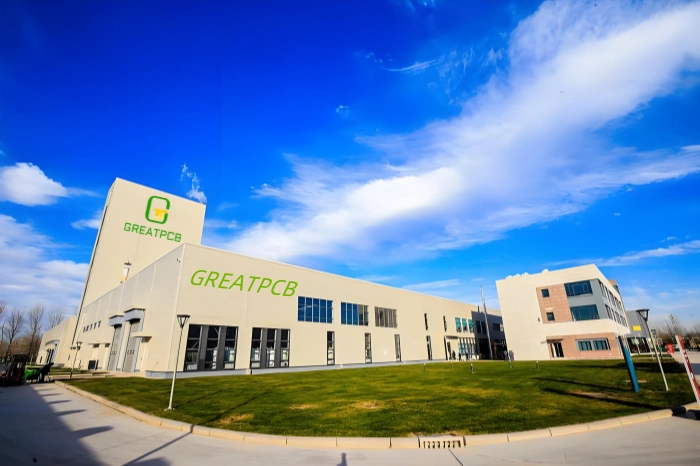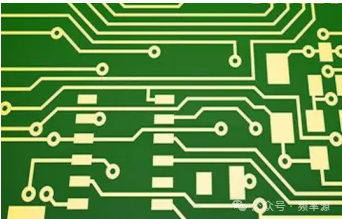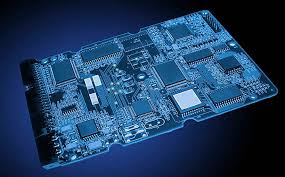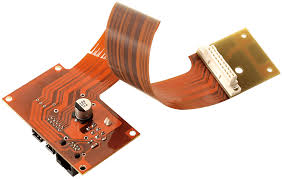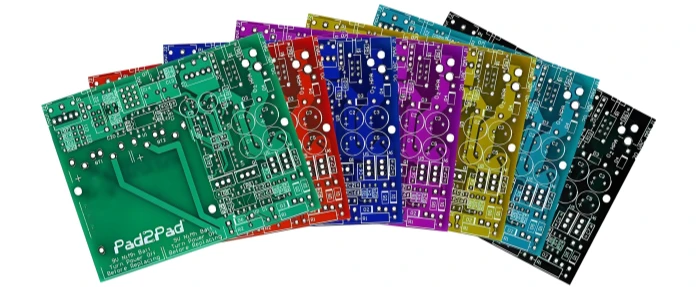Key Aspects of PCB Materials Every Engineer Must Know

Want to Become a Competent Engineer? Here Are Key Aspects of PCB Materials You Must Know
The structure of a PCB can mainly be divided into three aspects: PCB materials, PCB stack-up design, and PCB impedance calculation.
PCB Materials
PCB materials consist of two main parts:
- PP Prepreg Prepreg is made of semi-cured resin material and fiberglass. Together, they serve as a filler and adhesive for multilayer PCBs. Prepreg acts as both a bonding material for inner conductive layers and an insulating material.
- Core The core consists of copper foil, solid resin, and fiberglass, and serves as the base material for PCB fabrication. It has a certain hardness and thickness, and both sides are covered with copper foil.
When making multilayer PCBs, the prepreg and core are used together. Typically, prepreg is placed between two cores as a filler. When compressed, the semi-cured epoxy resin in the prepreg begins to flow and solidify, bonding the cores together and forming a reliable insulator. Hence, multilayer PCBs are essentially made by laminating cores with prepreg.
Other PCB Components:
- Solder Mask: The green, red, or black coating on PCBs serves as a solder mask layer. It helps separate soldering and non-soldering areas during the soldering process. The solder mask also protects the copper pads from oxidation. However, solder mask ink can be corrosive. Black solder mask, in particular, is more corrosive than green, which can result in narrower traces when using the same design width.
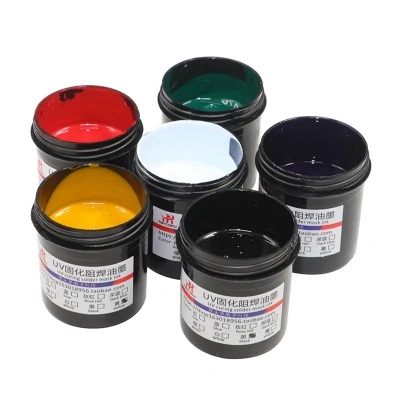
- Silkscreen: Typically applied with white ink, silkscreen is used primarily for labeling and marking components.
Key Parameters of PCB Materials
1. Tg (Glass Transition Temperature)
Tg is the temperature at which the resin transitions from a solid state to a rubbery, flowable state. Below Tg, the resin is rigid and brittle. Above Tg, it becomes flexible. Tg is a crucial parameter for PCB substrates. Tg grades include:
- Standard Tg: 130°C–150°C (e.g., KB-6164F at 140°C, S1141 at 140°C)
- Medium Tg: 150°C–170°C (e.g., KB-6165F at 150°C, S1141 at 150°C)
- High Tg: 170°C and above (e.g., KB-6167F at 170°C, S1170 at 170°C)
A higher Tg improves the PCB’s heat resistance, moisture resistance, and stability. However, excessively high Tg also makes the board harder and more brittle, which can affect drilling quality and electrical properties. For PCBs with 8 or more layers, high-Tg materials are recommended.
2. DK (Dielectric Constant)
The dielectric constant (DK) is a measure of a material’s insulating properties. It affects the characteristic impedance of signal traces. For boards requiring controlled impedance, DK is an important factor. A lower DK allows faster signal transmission, while a higher DK slows it down. High-speed PCBs often use materials with a low DK. Resin-based materials have varying DK values based on resin content and reinforcement materials.
3. DF (Dissipation Factor)
DF refers to the loss tangent of a material and affects signal transmission quality. The lower the DF, the smaller the signal loss. High-frequency and RF boards should use materials with low DF values. DF grades include:
- Standard DF: DF ≥ 0.02
- Medium DF: 0.01 < DF < 0.02
- Low DF: 0.005 < DF < 0.01
- Ultra-low DF: DF < 0.005
4. CAF (Conductive Anodic Filament)
CAF refers to the leakage behavior of copper ions migrating through microcracks along fiberglass filaments in the PCB. As electronic devices become smaller and denser, the spacing between vias and traces becomes narrower, increasing the importance of the CAF parameter. In humid environments, moisture can weaken the bond between the fiberglass and resin, creating a conductive path for copper ions to migrate and form short circuits. Therefore, for high-density designs and high-humidity environments, paying attention to CAF resistance is essential.



